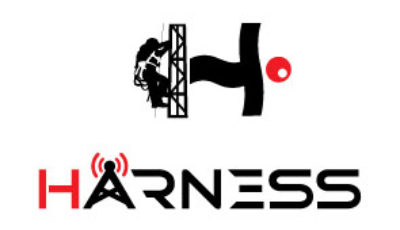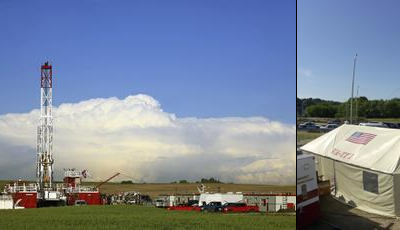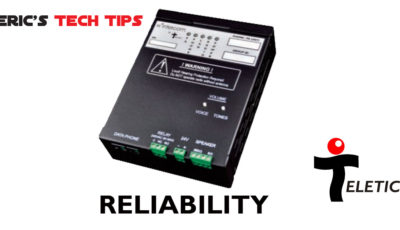Intermittent Power and Communications Equipment on a Rig Site

By Eric Larson, Teletics
For fun, I like to help with my Son’s robotics team at his high school. This is part of an international robotics organization called FIRST. Each team consists of students, teachers, and industry mentors. I belong to the third category, “industry mentors”. We are easily identified as the ones in the room with the grey hair.
Power Matters
Last year’s group of Mentors had a very wide technical background. One of our mentors works in the light rail power distribution industry, another in industrial control and automation, and then there’s me with my computers and communications background. Late one night, we were chatting about the most challenging problems we had encountered in our careers. Coincidentally all of our worst story problem turned out to be the power related.
Power for equipment is kind of like air for humans. It’s the last thing you think about, until it is bad, and then almost nothing else matters. Intermittent power, or the kind that is either improperly grounded, or over or under voltage, or not power factor-corrected for alternating current, can create problems with communications equipment that is almost impossible to diagnose, especially at remote sites. By the time the technician arrives, everything is rebooted, or back to normal. No one wants to sit there for hours or days hoping to catch the event that caused the issue.
The Power Factor
Sites that have moving equipment with large motors, have a very interesting power problem with something known as “power factor”. Large inductive or capacitive loads require something known as “power factor correction” when they are connected to our main power grid. Even some smaller motors you buy for a furnace or a table saw might have a label stating how it is “power factor corrected”. Drilling rig power is also generated locally, is often turned off and on for maintenance and changes, and does not need to meet the power factor requirements of our main grid.
Running communications equipment reliably at remote sites with lots of very large motors (like those used on drilling rigs) and generated power has been one of our greatest design challenges. Some rigs run on power that is generated by a current model, clean-running, properly sized, skidded generator; others, on a generator that wasn’t hooked up properly, is undersized, and is overdue for a trip to the scrap heap. In general, we at Teletics assume the power coming into our equipment is garbage, and go from there.
w*intercom has a Dedicated Power Microprocessor
Prior to the w*intercom being designed, we had been through 3 prior generations of products that were used on drilling rigs. The w*intercom designers had the advantage of bringing over 6 years of field experience of what our products had been through into their new product design. The first thing they did was design one of the most advanced power regulation systems you will see in any communications product. Our w*intercom power regulation circuitry includes its own dedicated microprocessor that not only sequences various components inside the device, but also protects key things like configuration memory from all kinds of power events that kill “office grade” communications products. Our w*intercom power adapter, which converts line voltage AC into +24VDC was also a leading-edge design which creates less heat through a complement of tighter integration and newer chips with lower discrete component counts.
The advantage to our customers is that w*intercoms keep their programming, and will always go back to working properly, regardless of how the power treats them. We’ve seen sites where generators were hooked up incorrectly. We’ve seen sites where power surges killed most of the equipment, including the company man’s fridge. And, in all this time, we have had more come back drowned by bridges failing, and falling in the river, than we have come back due to being killed by power.
This advanced power regulation system that protects every w*intercom we have ever made, from hostile, unreliable power, provides our customers with the most reliable product available for voice and PA in nasty environments. This reliability quickly pays for itself in reputation, reliability, and reduced service calls, and has proven itself in thousands of installations from Alaska to Australia.
To learn more about how Teletic’s w*intercom can be used on your drilling rig or camp site, download Teletics Application Note Drilling Rig Communications with the w*intercom.
Teletics is a manufacturer of specialized communications equipment with headquarters in Calgary, Alberta and sales offices in the United States, Australia, NZ & Asia Pacific. Our w*intercom, wireless phone and PA, is in use on many drill rigs and camps around the world.





